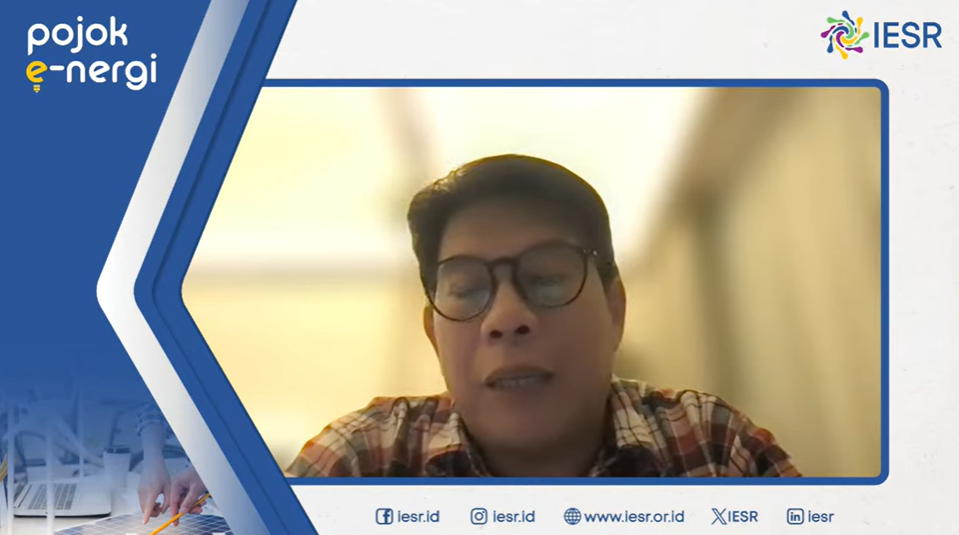Jakarta, August 22, 2024 – The government has just updated two regulations regarding the level of local content requirements (TKDN). The Ministry of Energy and Mineral Resources (MEMR) has issued Permen of ESDM No. 11/2024 on the Use of Domestic Products for Electricity Infrastructure Development. This regulation contains Local Content Requirement relaxation (TKDN) for renewable energy power plants. Particularly for solar power plants (PLTS), temporary relaxation is given on the condition that the project signs a PJBL no later than December 31, 2024 and operates commercially no later than June 30, 2026, according to the electricity supply business plan.
In addition, the Ministry of Industry released Minister of Industry Regulation No. 34/2024 concerning Procedures for Calculating the Value of the Domestic Component Level (TKDN) of Solar Module Products used as components for the manufacture of Solar Power Plants (solar PV). This regulation does not include a minimum local content limit for solar modules that must be met by the solar module manufacturing industry. In addition to materials, the local components calculated in Permenperin No. 34/2024 include labor and production costs in the country.
The Executive Director of the Institute for Essential Services Reform (IESR), Fabby Tumiwa at the Energy Corner, Measuring the Effect of TKDN Relaxation on the Local solar PV Industry on Monday (19/8/2024), stated that Permenperin No.34/2024 and Permen ESDM No. 11/2024 are intended to accelerate the implementation of solar PV projects in Indonesia which have been constrained over the past three years and to attract investment.
“In the solar module TKDN regulation issued by the Ministry of Industry, solar PV developers are only encouraged to use domestic components to get a higher TKDN value. Meanwhile, Permen of ESDM No. 11 of 2024 does not only regulate the use of domestic products for solar PV but regulates the overall renewable energy electricity infrastructure development. So far, solar PV projects have experienced implementation problems because the TKDN rules do not match the development of the domestic solar module industry and the needs and conditions of financial institutions that provide funding for solar PV projects,” Fabby explained.
IESR’s analysis shows that there are several steps that can be taken to improve the competitiveness of the local PLTS manufacturing industry. First, encourage fiscal and non-fiscal incentives to reduce production costs. Second, cooperation with global manufacturers for technology transfer. Third, regulatory certainty and the domestic market.
The existence of a domestic solar PV manufacturing industry in the future can be a mainstay in supplying solar PV needs in Indonesia. The draft National Electricity General Plan (RUKN) 2024 shows that the contribution of solar energy in the national energy mix is projected to reach 13 percent by 2060, with a renewable energy capacity of 14 GW in 2030 and increasing to 134 GW in 2060. This indicates a need to install approximately 2 GW of solar plants per year.
Fabby reminded that strengthening the local industry does not only depend on TKDN rules alone, but also on government efforts to create stable and significant demand for local products.
“Consistent policies and support for research and development of renewable energy technology are needed to ensure that the domestic industry can compete in the global market. In addition, the government needs to carefully oversee the implementation of this regulation, ensuring that TKDN relaxation is not only a tool to pursue short-term targets, but also as a strategic step to encourage sustainable growth of the renewable energy industry in Indonesia,” said Fabby.

